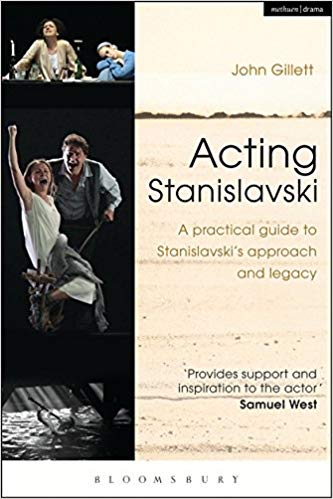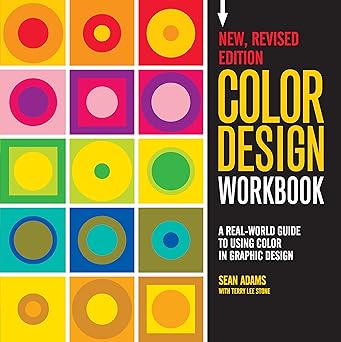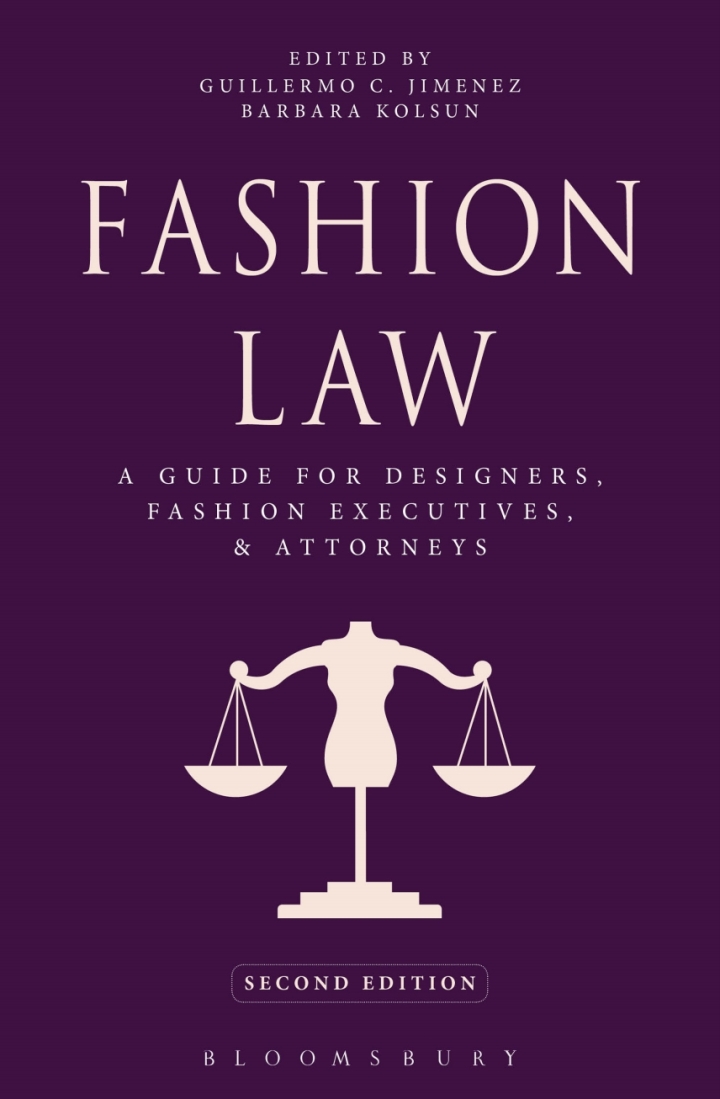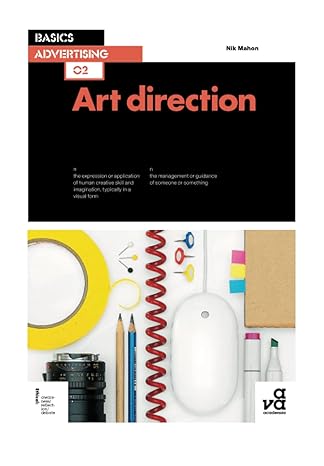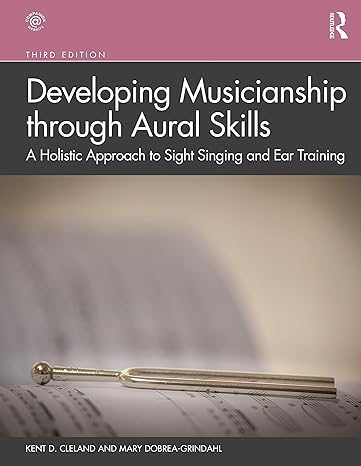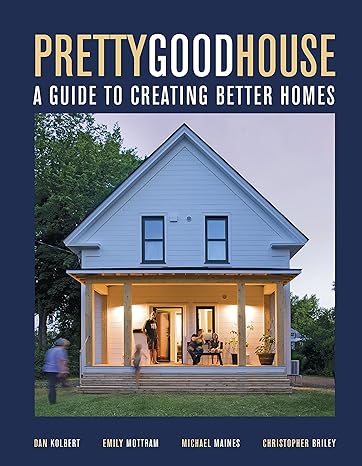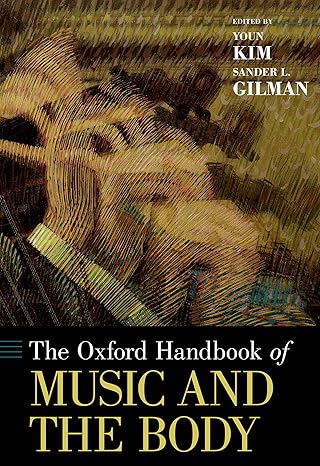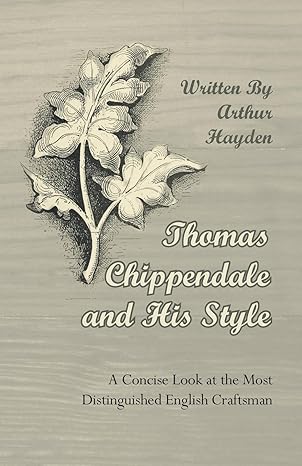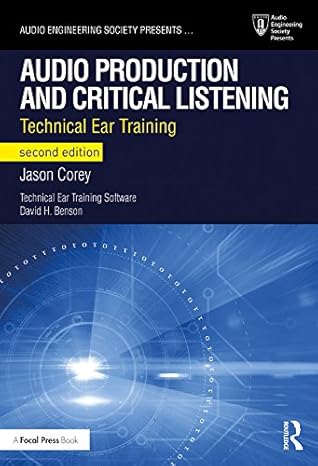Stanislavski was the first to outline a systematic approach for using our experience, imagination and observation to create truthful acting. 150 years after his birth, his approach is more widely embraced and taught throughout the world – but is still often rejected, misunderstood and misapplied.
In Acting Stanislavski, John Gillett offers a clear, accessible and comprehensive account of the Stanislavski approach, from the actor's training to final performance, exploring:
• ease and focus
• the nature of action, interaction and objectives
• the imaginary reality, senses and feeling
• active analysis of text
• physical and vocal expression of character
• the actor in the context of training and the industry.
Drawing on Stanislavski's major books, in both English translations, and on records of his directing process and final studio classes, Acting Stanislavski demystifies terms and concepts. It is for actors from an actor's point of view, and offers many practical exercises and examples as an integrated part of each subject.
Acting Stanislavski also creates an up-to-date overview of the Stanislavski approach, connecting his legacy with the work of his successors, from Michael Chekhov to Meisner, Adler and Strasberg.
A new, extended and fully updated edition of Acting on Impulse: Reclaiming the Stanislavski Approach (Methuen Drama, 2007), Acting Stanislavski now includes new exercises and biographies, a further chapter on The Character, and an expanded glossary along with many other additions to the previous chapters. It is an essential practical and educational resource for any acting student, professional or teacher.
چکیده فارسی
استانیسلاوسکی اولین کسی بود که یک رویکرد سیستماتیک را برای استفاده از تجربه، تخیل و مشاهده ما برای ایجاد بازیگری واقعی ترسیم کرد. 150 سال پس از تولد او، رویکرد او به طور گستردهتری در سراسر جهان مورد استقبال قرار گرفته و آموزش داده میشود - اما هنوز اغلب رد، سوء تفاهم و استفاده نادرست است.
در بازیگری استانیسلاوسکی، جان ژیلت گزارشی واضح، قابل دسترس و جامع از رویکرد استانیسلاوسکی، از آموزش بازیگر تا اجرای نهایی ارائه میدهد، و به بررسی:
• سهولت و تمرکز
• ماهیت عمل، تعامل و اهداف
• واقعیت خیالی، حواس و احساس
• تجزیه و تحلیل فعال متن
• بیان فیزیکی و صوتی شخصیت
• بازیگر در زمینه آموزش و صنعت.
بازیگری استانیسلاوسکی با تکیه بر کتابهای اصلی استانیسلاوسکی، در هر دو ترجمه انگلیسی، و سوابق مراحل کارگردانی و کلاسهای آخر استودیو، بازیگری استانیسلاوسکی اصطلاحات و مفاهیم را ابهام میکند. این برای بازیگران از دیدگاه بازیگر است و تمرینها و مثالهای عملی زیادی را به عنوان بخشی جداییناپذیر از هر موضوع ارائه میدهد.
بازیگری استانیسلاوسکی همچنین یک مرور کلی به روز از رویکرد استانیسلاوسکی ایجاد می کند و میراث او را با کارهای جانشینانش، از مایکل چخوف گرفته تا مایسنر، آدلر و استراسبرگ، مرتبط می کند.
نسخه جدید، توسعه یافته و کاملاً بهروز شده Acting on Impulse: Reclaiming the Stanislavski Approach (Methuen Drama, 2007)، Acting Stanislavski اکنون شامل تمرینها و بیوگرافیهای جدید است. یک فصل بیشتر در مورد شخصیت، و یک واژه نامه گسترده به همراه بسیاری از اضافات دیگر به فصل های قبلی. این یک منبع عملی و آموزشی ضروری برای هر هنرجوی بازیگری، حرفه ای یا معلم است.
ادامه ...
بستن ...
